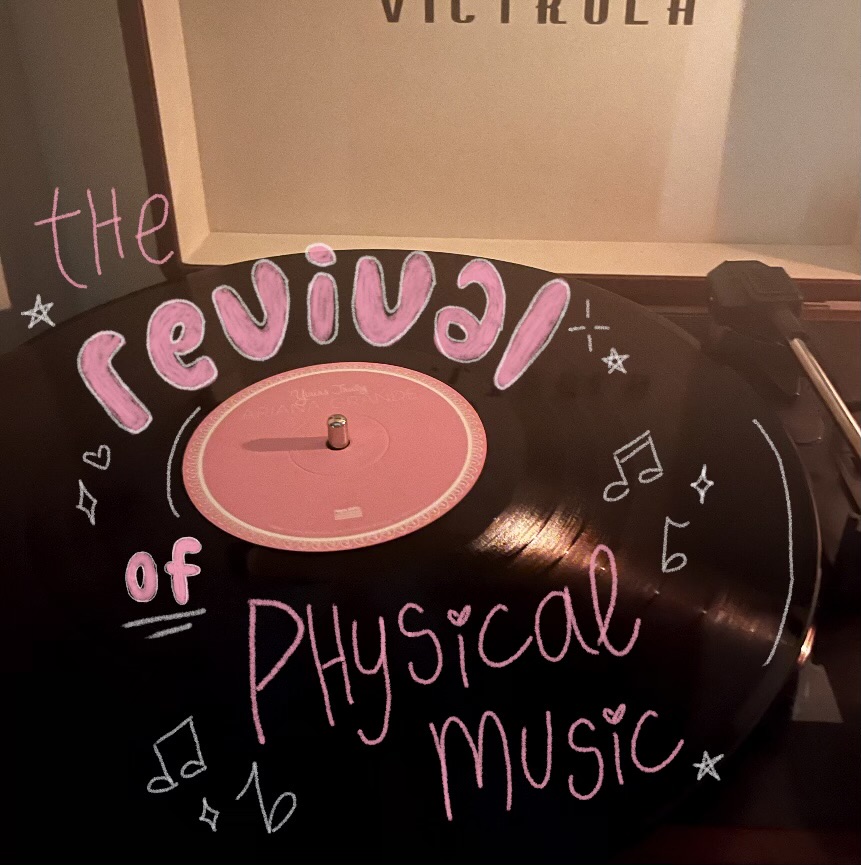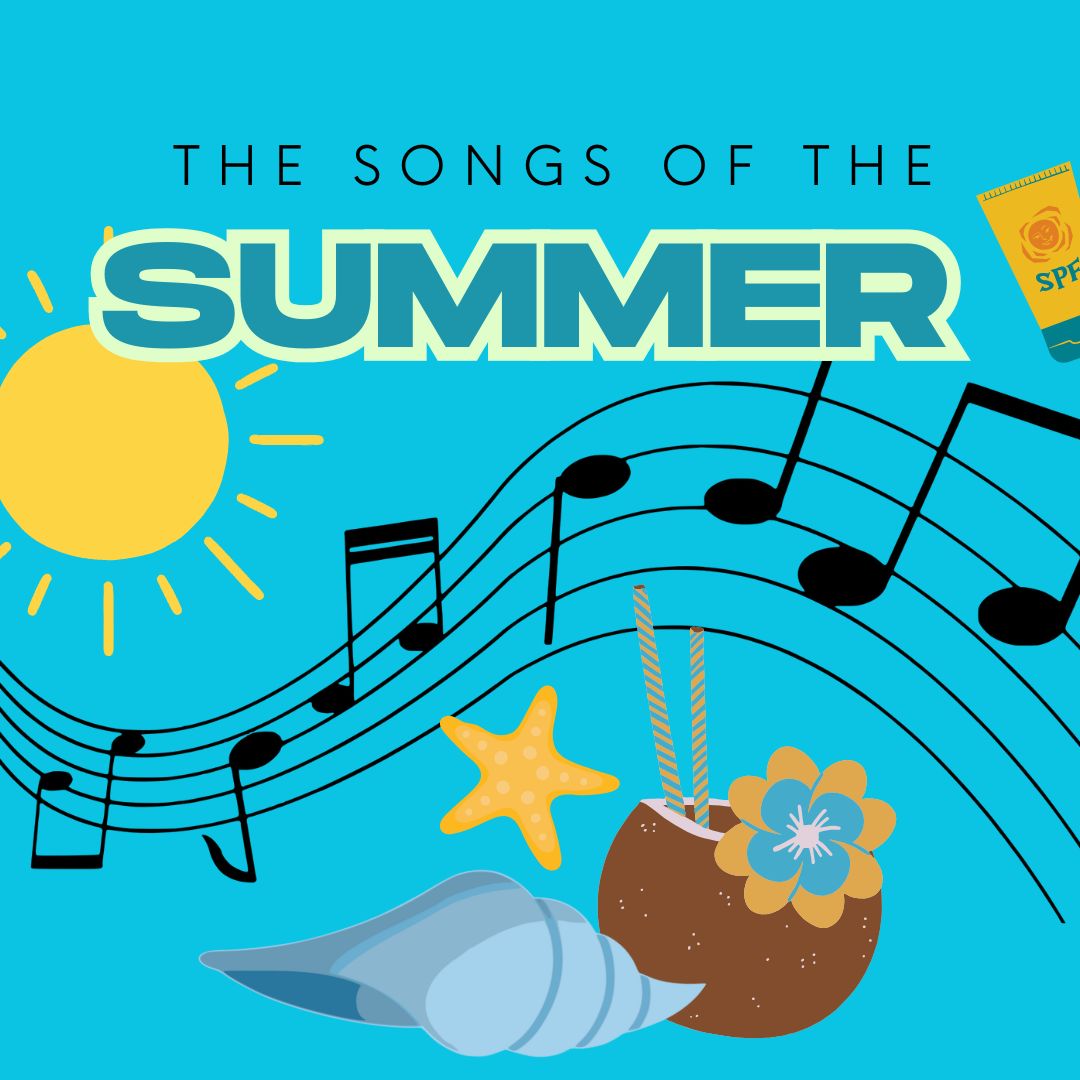The growing accessibility to digital music in the 2000s eventually made physical music formats outdated. People started to switch out their vinyls and CDs for digital versions of their favorite music. However, as social media became a prominent inclusion in our daily lives, music is now enjoyed in all different types of ways. Some ways include using the record player and MP3 player that were previously considered “out-of-date.” Hence, sales in CDs and LPs have begun to grow remarkably due to social media’s influence.
The history of physical music
Lately, somatic audio forms, more simply known as physical music, have been on the rise, but where did it start? LPs and CDs dominated the musical world from the 1900s to the 2000s. Millions of copies were sold daily when physical formats were at their peak. Eventually, towards the end of the 2000s, vinyls and CDs experienced a significant setback in sales due to the arrival of digital music. As digital music became more accessible and cost effective, sales of physical music media plummeted and they became a thing of the past. However, in recent years, hard copies of music have once again skyrocketed in popularity.
What caused the growth?
Within the past 10 years, the usage of analog music media has grown exponentially. Ironically, the cause for physical music’s initial demise, technological advancements, is the reason many people have made the switch back to somatic versions in recent years. A specific example of these advancements is the creation of social media and how it became a staple to everyday life.
Social media
It is no surprise that social media has notably impacted music forms and genres for years. As social media platforms emphasize individual voices within our society, influencers are able to use their platforms to inspire their followers into purchasing the vinyls and CDs that are featured in their posts.
“I would constantly see people use record players and I’ve really wanted to get one,” sophomore Erica Flavell explained. “I think records make listening to music more fun and I feel like it would be exciting to try and collect all my favorite albums.”
Apps such as TikTok, Instagram and Pinterest have played a key role in popularizing physical audio formats, helping users of these apps to get more recommendations for CDs and vinyls.
When asked where she usually gets recommendations for physical music, Flavell vocalized, “I mostly see vinyls and record players whenever I’m on Pinterest or TikTok. I would see all types of records with different designs and they always made me so interested in buying some vinyls, even when I don’t have a record player yet.”
Benefits of using physical music formats
As digital music is accessible and inexpensive, there are numerous consumer upsides of listening to music through streaming services such as Spotify or Apple Music. However, listening to music with record players and MP3 players significantly boosts the profit artists receive from their music. CD sales reap higher royalties for artists than streaming services (Variety.com). This means that artists are able to receive a higher percentage of the sales they make with physical audio media than with digital formats.
Sophomore Andrew Franquez expressed his opinion on buying CDs rather than streaming. “I think buying vinyls and CDs [is] better than using Spotify to listen to songs because it is more beneficial to the artists that put so much time and energy into their work. I like to support my favorite artists [that give] me albums and songs I listen to everyday.”
Physical music has been a staple in the music industry for decades. Even with the rise of digital music media, somatic audio formats are still present due to the influence of social media in our generation. Cats, if you are ever searching for a new way to branch out your music listening experience, try purchasing CDs and LPs at your local stores for an experience you will never forget.





















